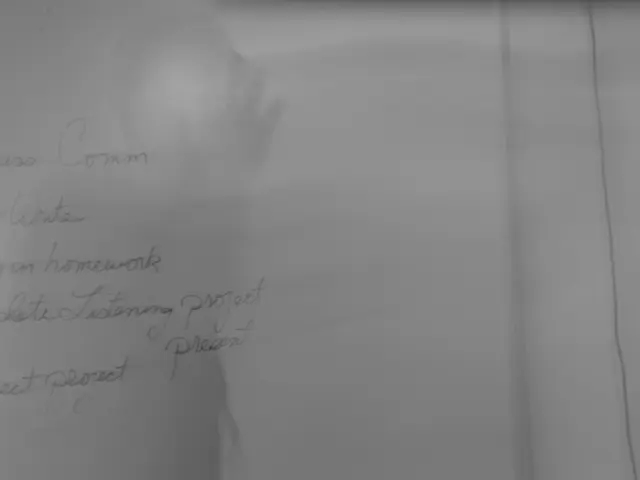Sub-Saharan Africa's Critical Mineral Potential Hindered by Financing Obstacles
Sub-Saharan Africa, home to around 30% of the world's known reserves of critical minerals vital for clean energy and low-carbon technologies, receives less than 10% of global exploration spending. A recent report by the World Economic Forum, DBSA, and McKinsey & Company highlights eight primary financing obstacles hindering the region's development in this sector.
The report focuses on ten countries, identifying financing gaps that impede the region's role in the global energy transition. Zambia, for instance, is reforming its mining policy to triple copper production by 2031. Other challenges include access to energy, transportation barriers, innovation lag, industrialisation pace, skill gaps, and demand volatility. Despite these obstacles, successful strategies exist. The Lobito Corridor project and Namibia's green iron production facility demonstrate how these barriers can be overcome. Furthermore, companies like Tharisa Plc and Rainbow Rare Earths are investing in South Africa's platinum group metals and rare earth elements, respectively, supporting critical minerals investments in the region.
The report underscores the need for increased investment in Sub-Saharan Africa's critical minerals sector. By addressing financing gaps and learning from successful case studies, the region can play a significant role in the global energy transition, driving clean energy and low-carbon technologies.
Read also:
- Revised Bonus Écologique Boosts French EV Market Share to 63.97%
- Ford Discontinues Popular Top-Seller in Staggering Shift, Labeled as a "Model T Event"
- 2025 Witnesses a 27% Surge in Worldwide Electric Vehicle Sales, Despite Opposition to Electrification Policies in the U.S.
- Summarized Report: Insights from the Realm of Transportation







